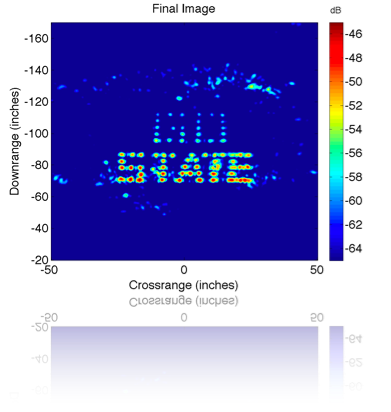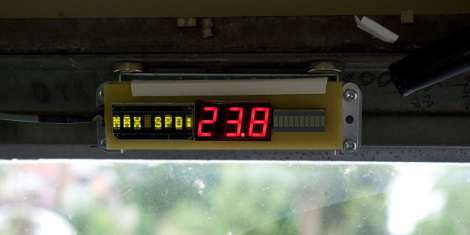
[Greg Charvat] really wanted high resolution X-Band linear rail SAR imaging system. He wanted it bad enough to scrounge through parts at HAM radio swap meets until he had the bits to build one himself. The unit is used to take high resolution radar imaging. For example, the image above is constructed of push pins behind a foam wall. The synthetic aperture radar system came in at roughly $250. Not bad at all. You may have to dig through the links a bit to find the build information. Be sure to check out the hardware gallery and the schematics(pdf).
[via Makezine]















